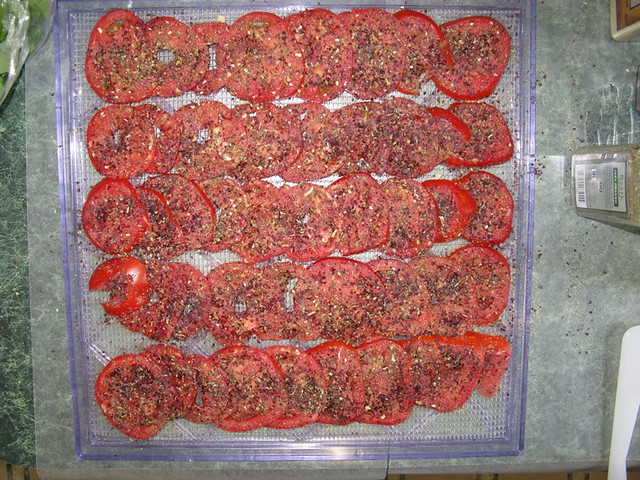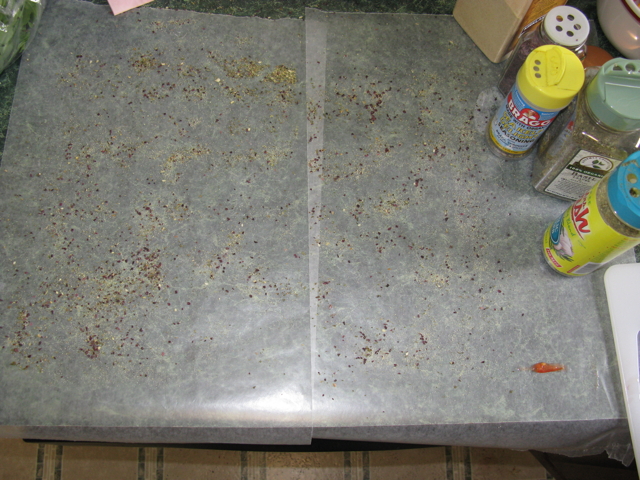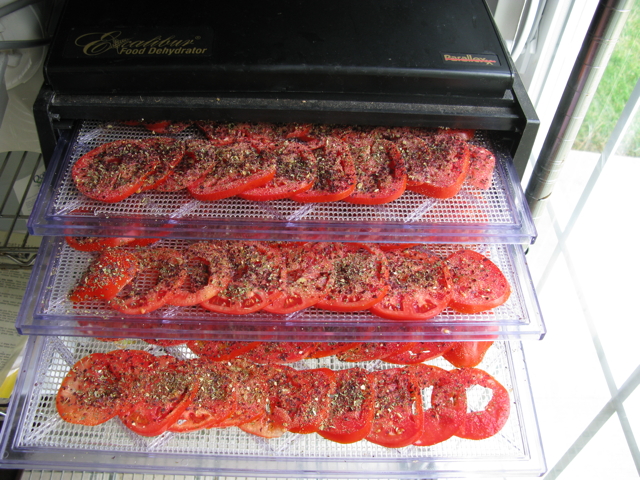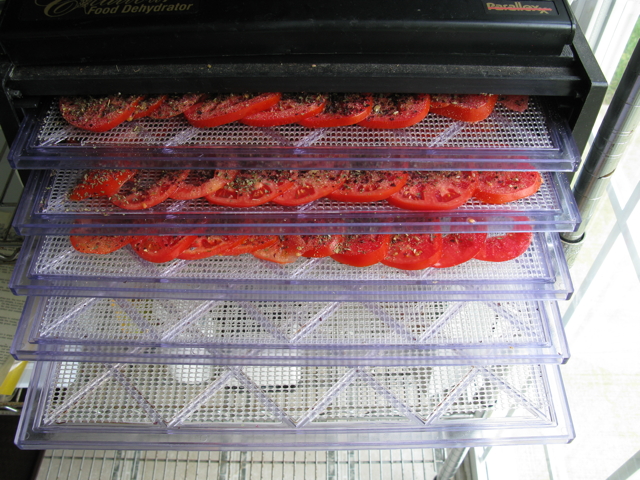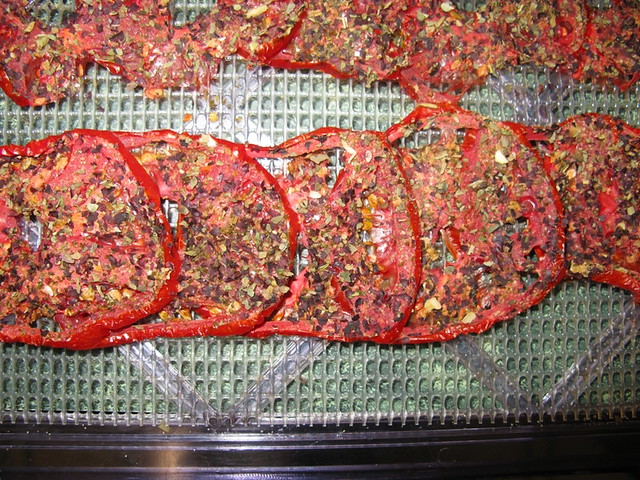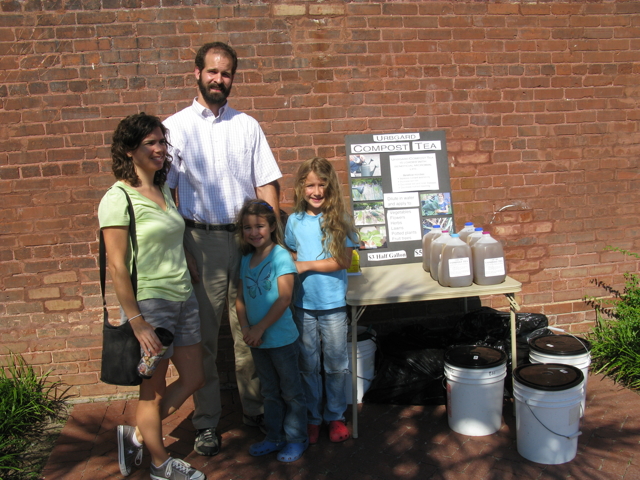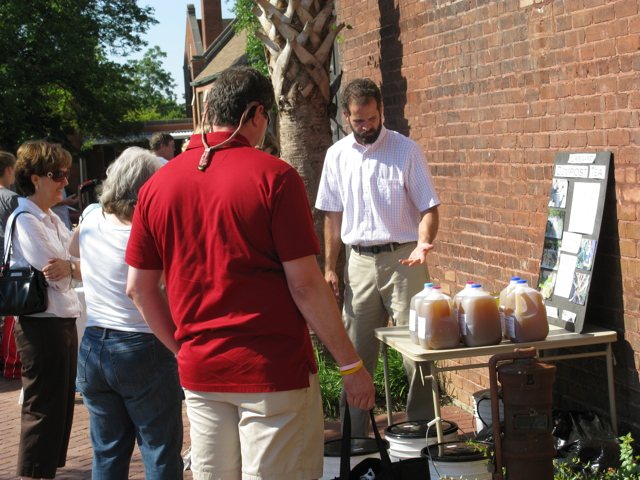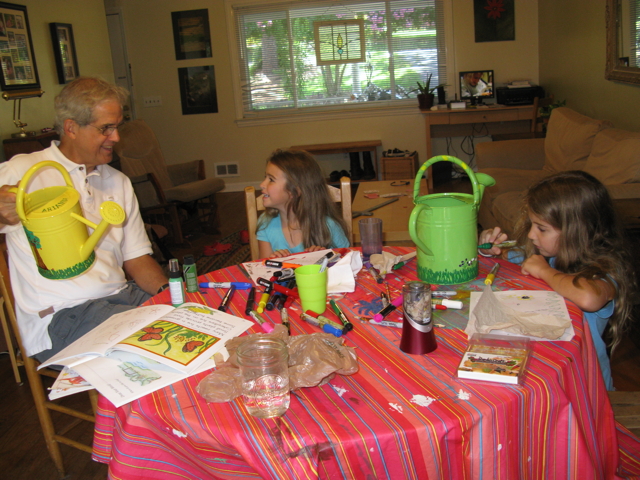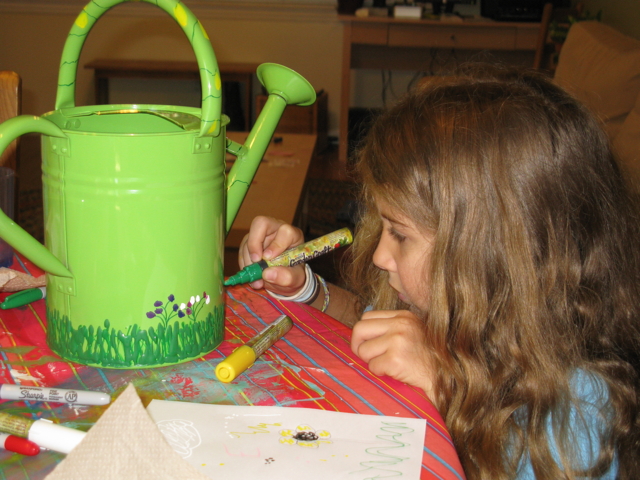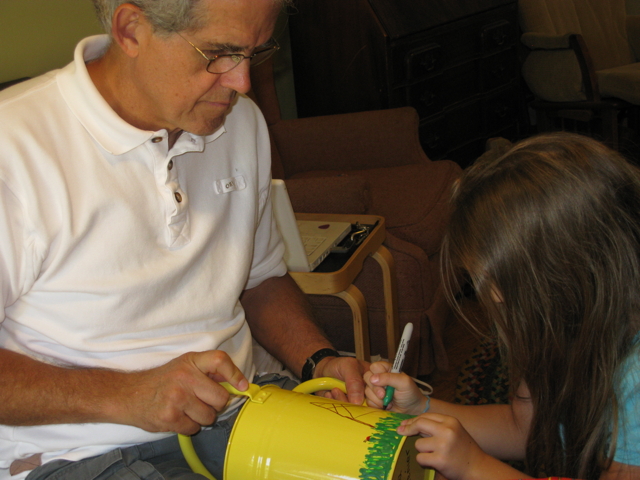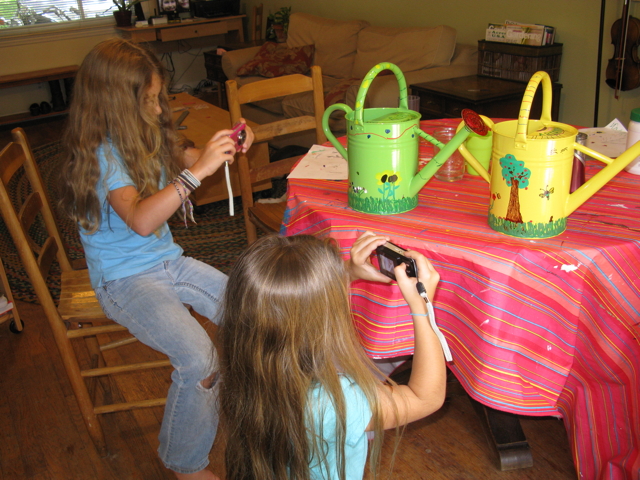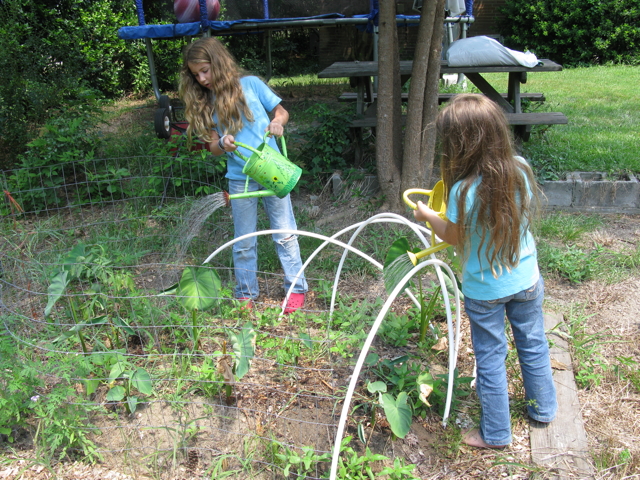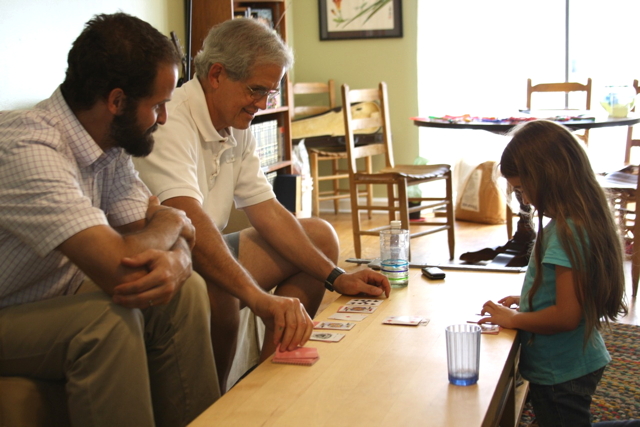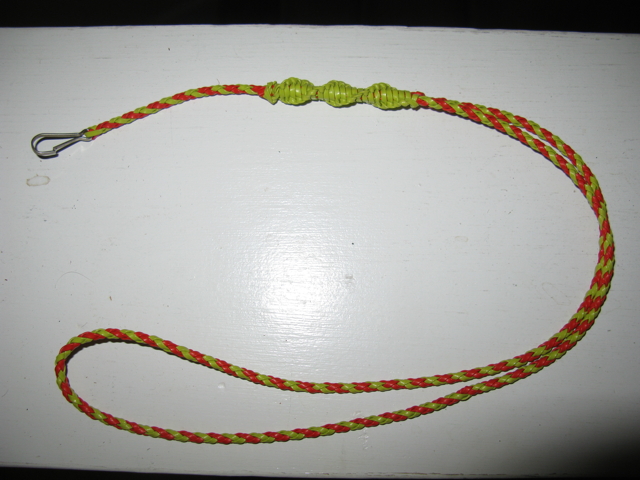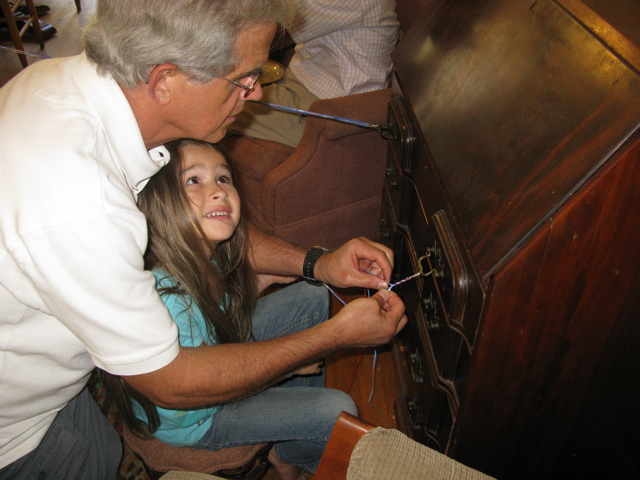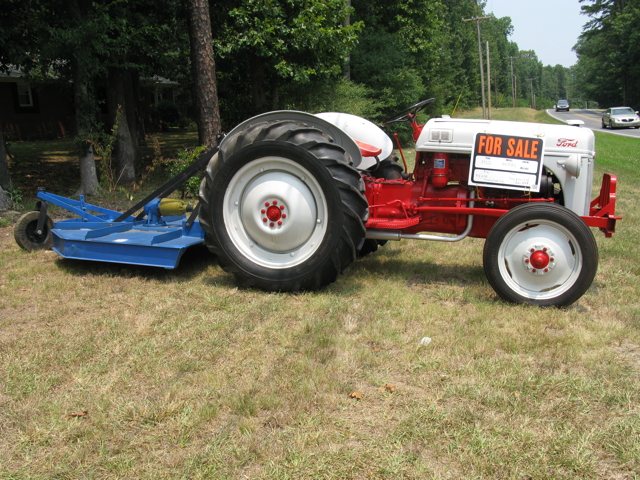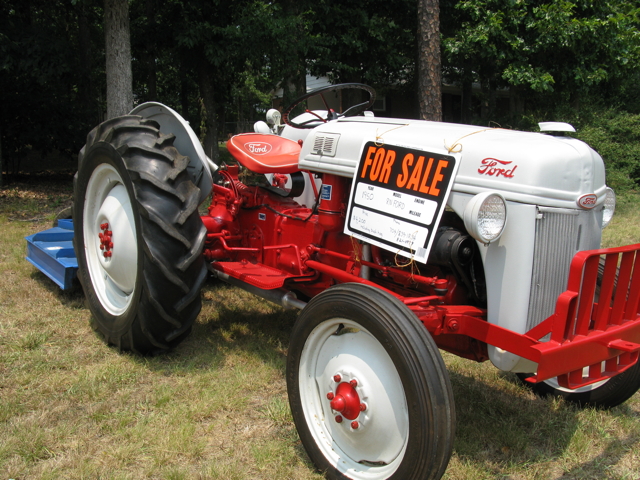Is that amazing? The "National Institutes of HEALTH" has 27 institutes and centers that deal with everything except the connection between food (nutrition) and health.
In his piece, Dr. Campbell explains why this is needed: the "genome project" has been a failed exercise in promoting health. It serves other purposes, but its hoped-for ability to reverse major diseases by genetic manipulation has produced no results. Rather, laboratories like Dr. Campbell's, and others', have shown that nutrition has the power to suppress genetic tendencies toward disease. Yet this is being totally overlooked, if not ignored, by the NIH and other mainstream medical institutions.
He concludes:
As for health professionals who claim they cannot convince patients to change their dietary practices, this is not surprising when the professionals themselves are not educated in this field and are vested in a strategy that is the antithesis of good nutrition. It is time we recognize what nutrition can do and a good place to start is to establish an NIH Institute of Nutrition dedicated for this purpose.
